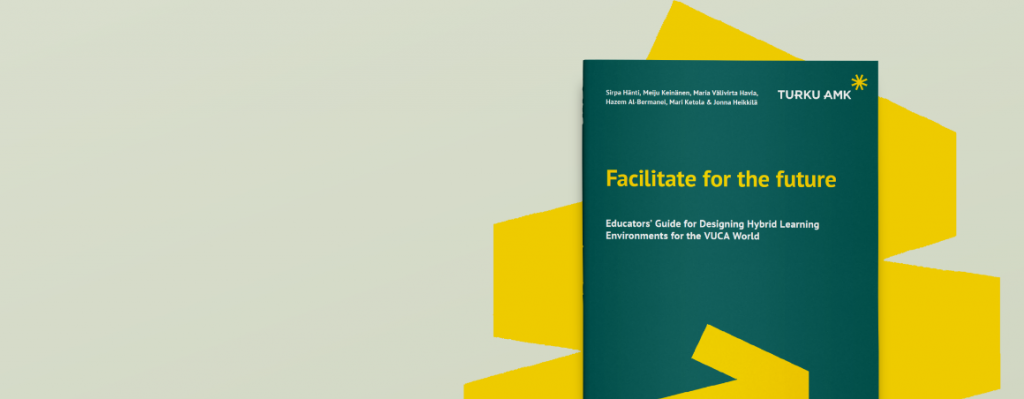The PUNC project partner and leader of IO1 TUAS has just published the PUNC guide for designing VUCA learning environments.

The PUNC project partner and leader of IO1 TUAS has just published the PUNC guide for designing VUCA learning environments http://julkaisut.turkuamk.fi/isbn9789522167880.pdf
The guide is for educators who are interested in designing such hybrid learning environments simulating VUCA world that prepare the students to the rapidly changing working-life. The guide is created as cooperation with the six PUNC partners, from different corners of
Europe, by combining their expertise, exchanging knowledge, and learning from one another’s cultures among educators and researchers on the themes of learning, competence, and pedagogies. The guide capitalizes on authentic experiences of educator-experts from partner institutions collected through workshops and electronic surveys.
The readers will find in the guide some characteristics of VUCA world that form the base of today’s demanding working life where several competences are needed both from professional and in private life point of view. The aim is to prepare the students in a safe way, to cope with the VUCA world, already during their studies, to learn to acknowledge and thus tolerate better the future situations in the changing world. However, the goal of the tool is to help educators and
students anticipate and overcome the possible negative sides of VUCA world by heightened awareness of the opportunities to leverage volatility, uncertainty, complexity, and ambiguity together to success and wellbeing.
The aim of the guide is to provide the reader with both theoretic and practical views. It presents the key results of experiences of educator-experts in the PUNC project integrated with theoretical parts. Theories start with a short description of the concepts and
models applied in the booklet. The idea of these theoretical parts is to familiarize the reader with the VUCA components and the basics of designing a learning environment, maybe seen from a wider view than traditionally thought. Each theoretical part is followed by a result section based on the perceptions of experts of workshops around these themes. The guide also includes key points of a survey about the experiences of the educators that have been planning and experimenting the VUCA learning environments in the five participating institutions. Additionally, to deepen readers’ understanding and helping to put VUCA in a concrete form in education, the guide presents nine practical cases representing three different types of hybrid learning environments. These nine different cases give a better understanding of the options and provide opportunities for readers to develop their own learning environments in different ways, from simpler to a more complex implementation.
Finally, the conclusion section summarizes the guide and presents a self-reflection exercise with guiding questions, to assist a reader to start developing a VUCA approach in own daily pedagogical practices.
